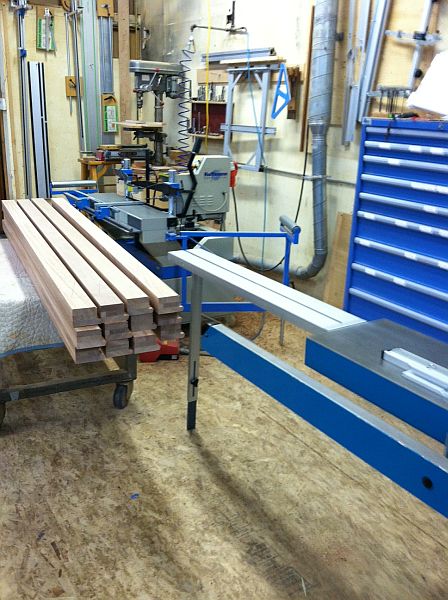Drawer Socket Breakage
Cabinetmakers discuss how and why drawer-slide socket hardware may break. October 13, 2005
Question
We recently have had a problem with cracked drawer sockets after cabinets were installed. Has anyone else had this problem with Hardare Resources 9000 series socket?
Forum Responses
(Cabinetmaking Forum)
From contributor F:
This subject was covered a while back and I believe it was in this forum. I have no experience with it because I prefer to flush all partitions with the inside edge of the face frame and on ones that flushing is not possible, I install a shim to attach the drawer guide to.
From contributor M:
As time goes on most of those plastic sockets decompose and fail in heavily weighted and used drawers. I've found this to be true with every brand we've used. Some brands much faster than others. I just replaced some two weeks ago that were 12 years old, and last week some that were 6 years old. Both were from leaders in the drawer slide industry. The design of the slide as well as the socket plays a huge role in how the weight and pressure is imposed on those sockets.
From contributor D:
I quit using the sockets about 4 years ago because of socket failure. After two callbacks to the same kitchen I shimmed the cabinet sides and screwed the slides into the cabinet sides. The customer is now much happier and I haven't had a callback on drawers since.
From contributor J:
We had a similar problem a while back, and discovered that the sockets were attached to the back of the cabinets with wood screws. The wood screws want to countersink into the plastic and it cracks. We switched to pan head screws and haven't had a problem since.
From contributor G:
It’s all about the quality and quantity of the plasticizer/formulas in the vinyl, and the correct speed and heat in its formation. Like the quality of an old car dash compared to today’s vinyl dash. The invention and addition of the plasticizers help reduce sun damage and keep it soft and pliable. Today they hold up much better and don’t crack as much.
Some socket makers do better than others, better equipment (better consistency) and heavier shapes. So to a large degree you look for the best socket value - it must work and prevail but not cost too much.
When the sockets come in, check them immediately with a pair of pliers. Try and break a few and see if there seems to be brittleness to some. Some may even snap. That load needs to go back and in the least each socket tested before installed. Sometimes there will be good ones mixed with bad ones, but usually one in a box signifies a bad box. Trusting some socket manufacturers to deliver good sockets time after time is not good. The in-house testing is necessary and the results written on each box in large ink words. Those that break go into a collection box for credit and to keep out of circulation.
This will eliminate your failures, but as we all know using sockets isn't the most secure way. Choosing to eliminate them is always an option.
